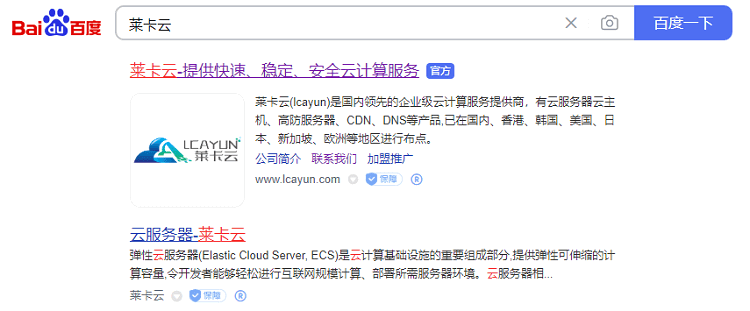numbers = [ one , two , three , four , five ] for num in numbers: print (num) #Export the elements in the list one by one
fruits = ( "apple" , "banana" , "orange" ) for fruit in fruits: print (fruit) #Output elements in tuples one by one
message = "Hello, World! "
for char in message: print (char) #Output the characters in the string one by one
student_scores = { "Alice" : eighty-five , "Bob" : ninety-two , "Charlie" : seventy-eight } for name, score in student_scores.items(): print (name, score) #Keys and values in the output dictionary
for i in range ( one , six ): print (i) #Output integers from 1 to 5
numbers = [ one , two , three , four , five ] for num in numbers: if num % two == zero : print (num) #Even number in output list
numbers = [ one , two , three , four , five ] for num in numbers: print (num) else : print ( "Loop finished." ) #Code block executed after the loop ends















